Pool Water Treatment: How to Clean Pools Effectively with Chemicals
He pool water treatment It doesn't just involve removing leaves or visible dirt. To keep the water clean, safe, and clear, it's necessary to apply chemicals that ensure a proper balance.
Without proper disinfection, a pool can become a perfect environment for bacteria, fungi, and algae.
Many people don't know how to properly apply these products. For example, they don't know if they can use bleach, when to use algaecide, or how to correct problems like green water or unstable pH.
In this article, we explain step by step how to carry out an effective chemical treatment, whether you use chlorine or prefer a chlorine-free pool or one with alternatives.
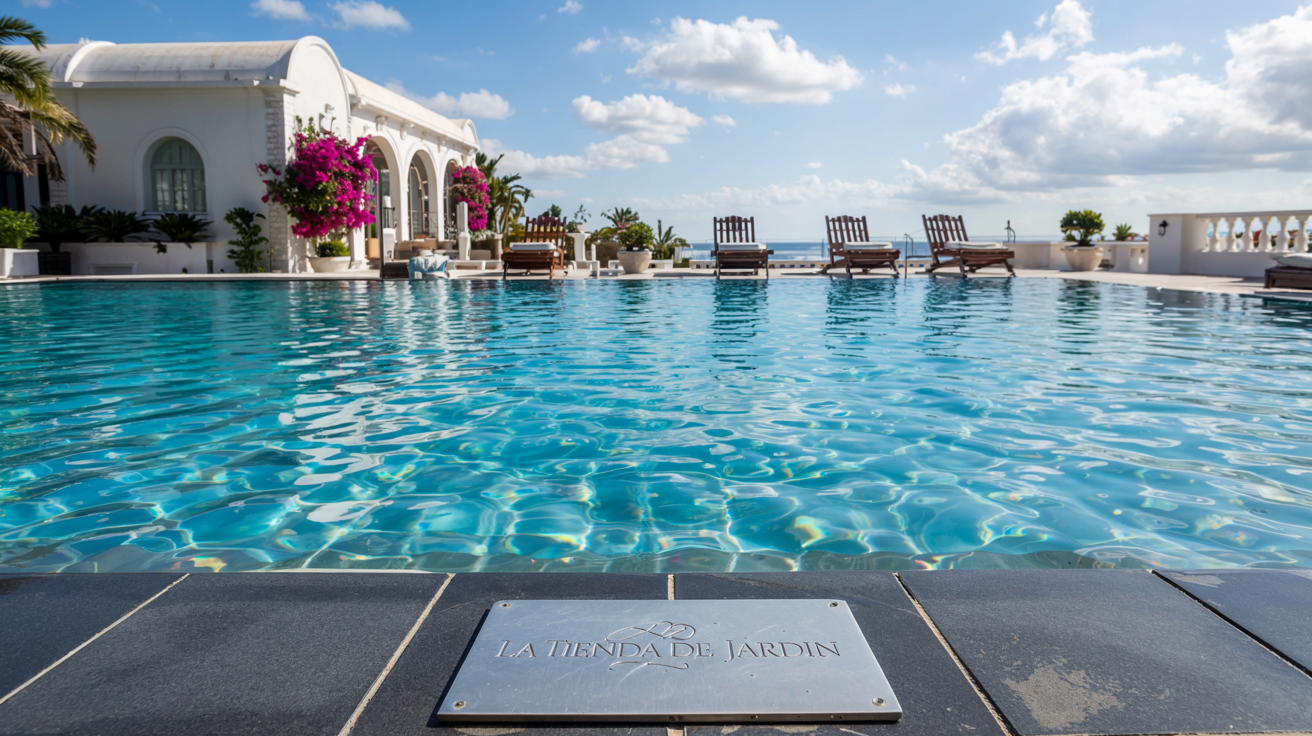
Chlorine-free pool: chemical cleaning alternatives
A chlorine-free pool It's a valid option for those seeking less aggressive methods or who are sensitive to traditional chlorine. Today, there are multiple alternatives for disinfecting without compromising health or comfort.
Among the most used options are:
- Active oxygen in liquid or tablet form.
- Hydrogen peroxide (high concentration hydrogen peroxide).
- Systems with copper and silver ionization.
- UV radiation or ozone generators.
These methods keep the water disinfected without generating byproducts such as chloramines, which are responsible for the typical chlorine odor. Although they require a larger initial investment, their chemical maintenance is less aggressive.
Pool Chemicals: What to Use and How to Apply Them
The pool chemicals They perform specific functions: disinfecting, preventing algae, maintaining balanced pH, and clarifying water. A common misconception is that chlorine alone is sufficient.
Chlorine and substitutes
Chlorine is the most widely used because of its effectiveness and low cost. It can be found in liquid, tablet, granular, or even slow-release forms. For those who don't wish to use chlorine, there are effective alternatives such as bromine or activated oxygen.
Chlorine tablets 250 grams slow dissolving high quality
He Chlorine tablets 250 grams slow dissolving It is an ideal solution to maintain thedisinfected pool water consistently. Its solid, stabilized formula allows for gradual release, making it an effective and low-maintenance option.
It is specifically designed for pools with tile liner and is not suitable for those with vinyl or polyester liners. Made in Spain, this product offers a reliable option for those seeking a long-lasting, high-quality treatment for their pool.
Algicides
They prevent and combat algae growth. Although disinfectant eliminates bacteria, it's not always enough to prevent algae, especially if the pool is exposed to the sun or hasn't been maintained for long periods of time.
Concentrated shock algae remover for rapid removal
He concentrated shock antialgae It is ideal for eliminate green algae, brown, red, yellow, or black algae in pools immediately. Its formula is designed as a shock treatment, eliminating existing algae without requiring subsequent maintenance.
It should be applied according to the dosage indicated on the package, depending on the type and amount of algae present. It is only recommended for tile or ceramic pools, as it can cause discoloration if it comes into contact with liners, vinyl, or painted surfaces. Made in Spain, it guarantees rapid and controlled effectiveness.
PH regulators
Know Why the pH of the pool drops It is key to apply the correct product. Acid rain, excessive use of acidic products or lack of water renewal can cause the pH of the pool drops below the recommended value (7.2–7.6). A very low pH makes the water corrosive; a very high pH makes it cloudy and reduces the effectiveness of chlorine.
Flocculants and clarifiers
They help remove suspended particles, clumping them together so the filter can more easily capture them. They aren't used daily, but they're essential when the water becomes cloudy.
Why is my pool turning green? Causes and prevention
Many owners wonder why my pool turns green, despite having removed visible impurities. Green water is usually caused by algae growth, and its presence indicates a chemical imbalance.
The most common causes are:
- Absence of disinfectant.
- Insufficient filtration.
- Presence of phosphates or untreated organic matter.
- pH imbalance.
The solution involves carrying out shock chlorination (or with active oxygen in case of chlorine-free pool), brush all surfaces and apply a strong algaecide. Once clarity is restored, a weekly cleaning plan should be maintained. pool water treatment.
Pool water treatment: parameters you should control
The correct one pool water treatment involves regularly measuring and adjusting these parameters:
- pH: ideal between 7.2 and 7.6.
- Free chlorine: between 1 and 3 ppm.
- Total alkalinity: between 80 and 120 ppm.
- Calcium hardness: between 200 and 400 ppm.
- Stabilizer level (cyanuric acid): between 30 and 50 ppm.
If any of these parameters deviate, the rest of the treatment loses effectiveness, and problems such as cloudiness, eye irritation, or algae growth may occur.
Maintenance-Free Pool: What Happens When Water Is Not Treated
A maintenance-free pool It quickly becomes a bigger problem. When no chemical treatment is applied, the water becomes contaminated with microorganisms, turning opaque and green or brown.
Visible effects include:
- Algae on walls and bottom.
- Bad smell.
- Foam formation.
- Mineral encrustations.
But there are also invisible effects, such as the presence of bacteria like E. coli or Pseudomonas. Restoring a pool in these conditions requires a complete cleaning of the filtration system, multiple shock treatments, and days of continuous filtration.
Pool Chemical: How to Use Bleach Correctly
The use of bleach as pool chemical It's a common practice for those looking for a budget-friendly option. However, care must be taken with its concentration and application.
- Use bleach without perfume or additives, with at least 5% sodium hypochlorite.
- Apply with the pump running to distribute evenly.
- The average dosage is 100 ml per 1,000 liters of water, depending on the residual chlorine level.
Although it's effective as a disinfectant, bleach doesn't contain a stabilizer, so its effect fades more quickly in sunlight. It's recommended to combine it with cyanuric acid if you plan to use it frequently.
How to perform pool water treatment step by step
Apply a pool water treatment Effective is not complicated, but it does require following a clear sequence:
- Analyze the water: Use a kit or test strips to measure pH, chlorine and alkalinity.
- Corrects pH: adjust with specific products if it is outside the ideal range.
- Disinfects: Apply chlorine, active oxygen or bleach according to your preference.
- Controls algae: Use algaecide, especially in summer or after rain.
- Clarify if necessary: If the water is cloudy, add flocculant.
- Filter: Keep the system active for at least 8 hours after each treatment.
This process should be repeated weekly to keep the pool in optimal condition.
Comparison of products for chemical treatment
In the following table you will see a comparison of products used in the pool water treatment, so you can choose the most suitable one according to your needs:
Tips for maintaining chemical balance without complications
So that the pool water treatment be effective throughout the season, keep these practical tips in mind:
- Check chemical levels at least twice a week.
- Clean the filter and check the skimmer regularly.
- Do not allow the water level to drop too low.
- Avoid bathing if chlorine exceeds 3 ppm.
- Use a cover when the pool is not in use.
These habits reduce product consumption and extend the useful life of your equipment.
Why does the pH of the pool drop and how to fix it?
If you wonder Why the pH of the pool drops, may be due to various factors:
- Acid rain that dilutes alkalinity.
- Excessive use of acidic products.
- Accumulation of organic matter.
A low pH can cause eye irritation, damage metal equipment, and cause water to have a metallic taste. To correct this, use a pH increaser (baking soda or sodium carbonate) and ensure the alkalinity is within normal levels.
The key is consistency
The success of a good pool water treatment It's not about using more products, but about staying consistent and understanding how each chemical works.
If you manage to properly adjust the pH, disinfect regularly, and prevent the buildup of nutrients that could foster algae, your pool will always be ready to enjoy.
At The Garden Store we help you keep your pool in perfect condition.
In The Garden ShopWe know that keeping your pool water clean, clear, and disinfected doesn't have to be complicated. That's why we offer you a selection of professional products such as chlorine tablets, anti-algae shock, flocculants, and pH regulators, all high-quality and made in Spain. Each one has been chosen to offer you long-lasting and safe water treatment results.
If you need advice on choosing the right product or want to keep your pool trouble-free, we're here to help. Explore our online store and get everything you need to take care of your pool year-round. Place your order now and enjoy perfect water.!
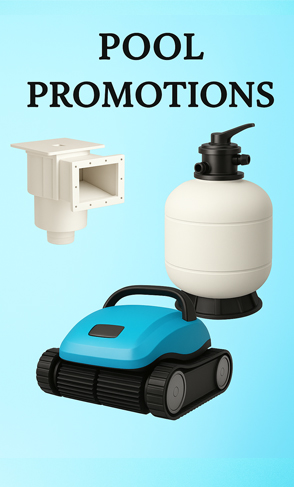




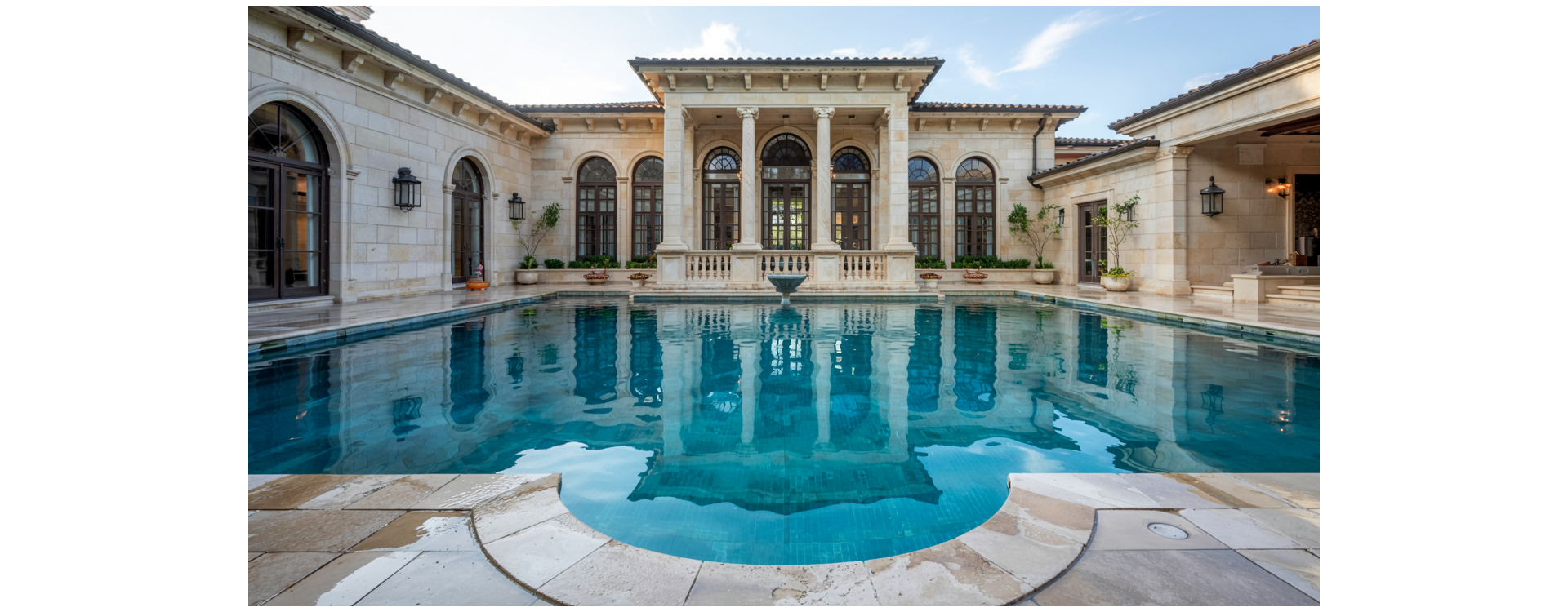
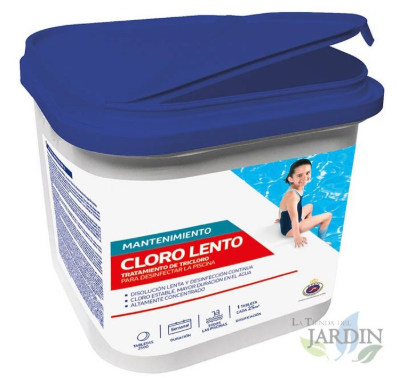
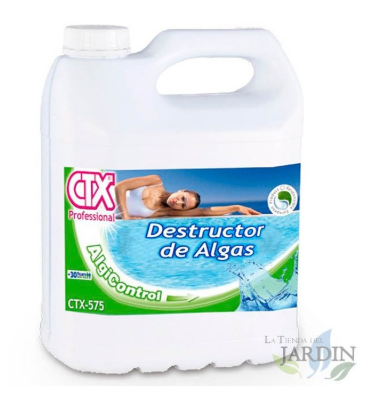
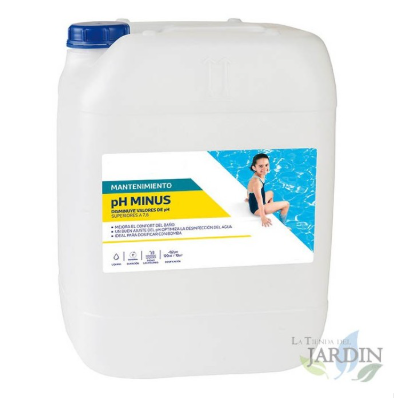





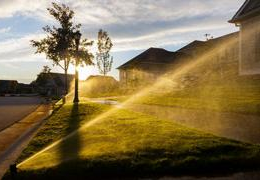
Leave a comment